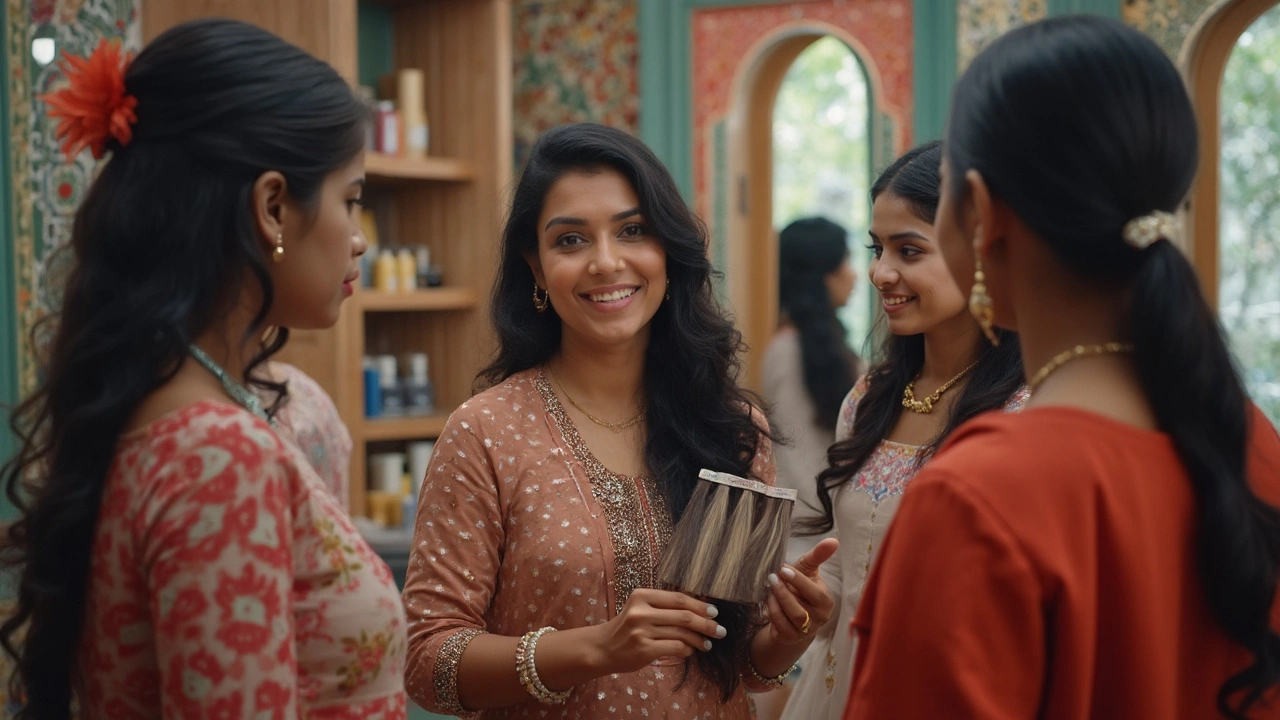Pros and Cons of the Hottest Beauty Trends and Products
If you’ve ever felt stuck between buying a new serum or sticking with what works, you’re not alone. Every year brings fresh hype – from pricey moisturizers to new hair‑care tools – and the buzz can be confusing. Knowing the real upsides and downsides helps you spend money wisely and keep your skin and hair happy.
Skincare Routines: Simple vs. Complex
A basic routine (cleanser, moisturizer, SPF) is quick, low‑cost, and easy to keep up. It covers the essentials and reduces the chance of irritation from too many actives. The downside? You might miss targeted ingredients that tackle specific concerns like hyperpigmentation or deep lines.
Layered routines—adding toners, serums, exfoliants, eye creams—promise faster results. When you match each product to your skin type, you can see visible improvements in weeks. However, more steps mean higher expense, more chances to over‑layer, and a higher risk of reactions. If you’re new to skin care, start simple and add one product at a time.
Luxury vs. Drugstore Skincare
Luxury brands often use high‑concentration actives and fancy packaging. You might notice a smoother texture after a few weeks, and the experience feels premium. Still, many of the key ingredients—retinol, niacinamide, hyaluronic acid—appear in drugstore lines at a fraction of the price. Paying top dollar doesn’t always guarantee better results.
Drugstore options are budget‑friendly and widely tested. They let you experiment without breaking the bank. The trade‑off can be slower visible changes and occasional variance in formula stability. Look for dermatologist‑approved labels and read ingredient lists to spot quality.
Hair care follows a similar pattern. Regular shampoo and conditioner keep hair clean and manageable for most people. If you struggle with frizz, damage, or thinning, a targeted treatment—like a protein mask or scalp serum—can make a difference. These specialty products add cost, and over‑use may weigh hair down or cause buildup.
Salon‑grade tools (ceramic flat irons, ionic hair dryers) promise less damage and smoother finishes. They work, but a good DIY technique with a basic dryer and heat protectant can achieve similar results. Invest in one high‑quality tool instead of a whole set if you’re on a budget.
When it comes to anti‑aging, sunscreen is the undisputed champion. Daily broad‑spectrum SPF protects against wrinkles, dark spots, and skin cancer. Pair it with a retinoid at night, and you’ve covered the two biggest aging factors: UV exposure and cellular turnover. The downside? Some people find sunscreen sticky, and retinoids can cause temporary irritation. Start with a lower strength and build tolerance.
Subscription boxes sound fun, but they’re a mixed bag. You get to try new products without hunting them down, which can spark discovery. On the flip side, you often receive items you’ll never use, and canceling can be a hassle. If you love surprises, pick a box with a clear return policy; otherwise, shop directly.
Finally, consider the ethical side. Cruelty‑free and vegan labels matter to many shoppers. Brands like Fenty Beauty and Clinique are moving toward animal‑testing‑free formulas, but policies differ by region. If you care about this, check the latest brand statements before buying.
Bottom line: weigh what matters most to you—budget, results, convenience, or ethics. Write down the pros and cons of each product or trend, test one change at a time, and track how your skin or hair reacts. That way, you’ll avoid wasteful spending and keep your beauty routine both effective and enjoyable.
Is it Worth Getting Hair Extensions? Real Answers for Real People
Thinking about hair extensions but unsure if they’re for you? This article digs into the real benefits and drawbacks, with everyday advice you can actually use. Learn about all your options, the impact on your natural hair, and how extensions might fit your life and budget. We’ll bust common myths, share tips, and help you figure out if extensions are really worth the hype. No sugar-coating—just clear facts and a little personal experience thrown in.

 Hair Care
Hair Care